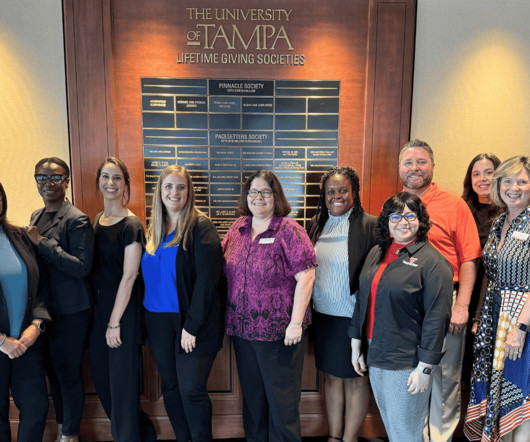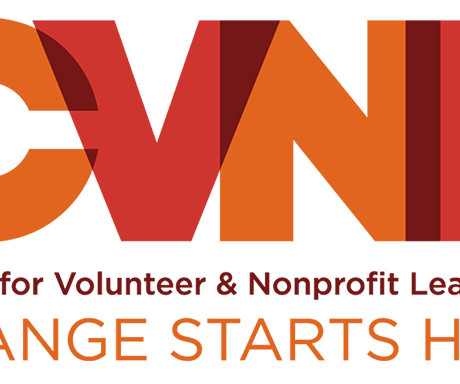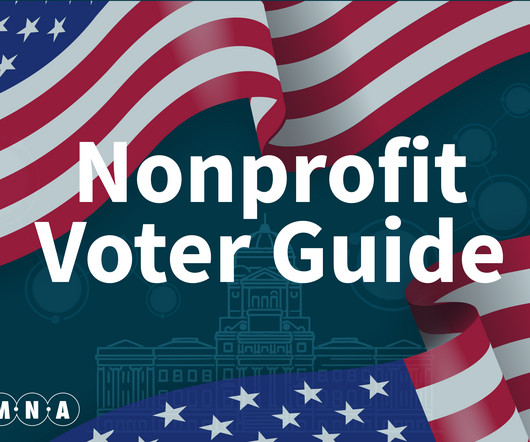Minding the Gaps: Neuroethics, AI, and Depression
NonProfit Quarterly
MARCH 24, 2025
9 In addition, those who are diagnosed often experience more severe and disabling symptoms than those experienced by other races and ethnicities. 33 Failures in Racial and Ethnic Representation The potential AI bridges noted above, of course, can only work as well as they are designed. 10 Only 35.1























Let's personalize your content